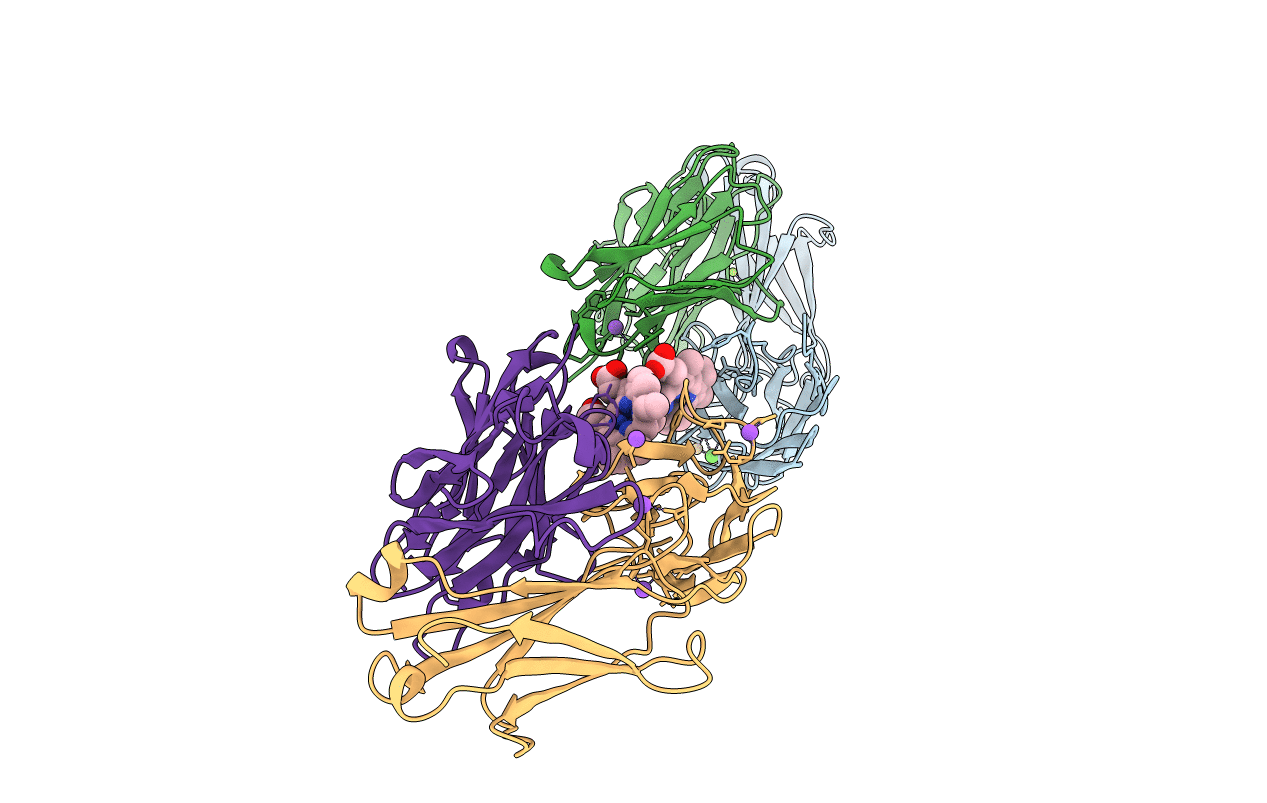
Deposition Date
1999-06-13
Release Date
1999-06-23
Last Version Date
2024-11-20
Method Details:
Experimental Method:
Resolution:
2.40 Å
R-Value Free:
0.29
R-Value Work:
0.20
R-Value Observed:
0.20
Space Group:
P 21 21 2


